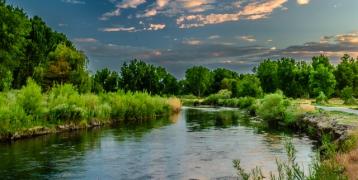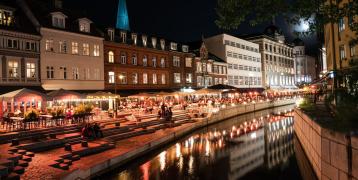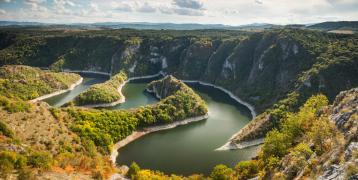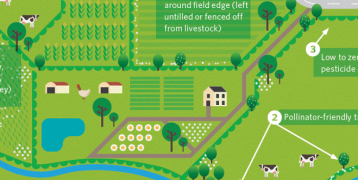Bringing back nature across Europe
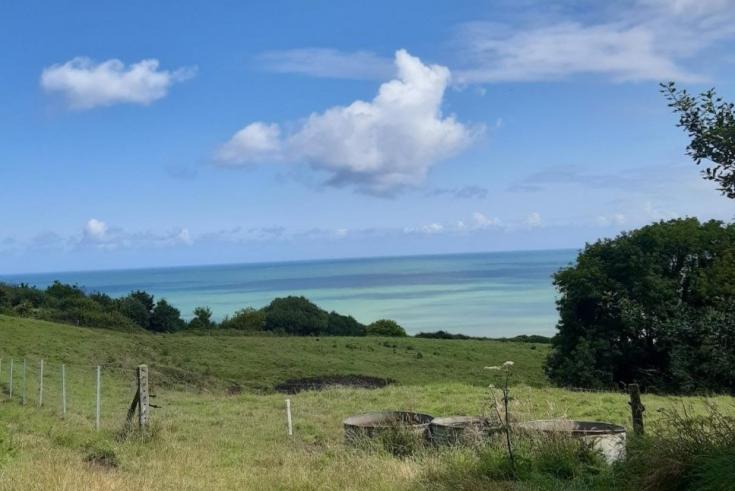
On 22 June 2022, the European Commission adopted the proposal for a Nature Restoration Law, the first-ever legislation that targets the restoration of Europe’s nature. The long-awaited proposal is an important step to restoring damaged EU ecosystems from wetlands, rivers, forests, grasslands, and marine ecosystems to urban environments and bringing nature back across Europe.
Under this proposal for a Nature Restoration Law, legally binding targets for nature restoration in different ecosystems will apply to every Member State, complementing existing laws. The aim is to cover at least 20% of the EU's land and sea areas by 2030 with nature restoration measures, and eventually extend these to all ecosystems in need of restoration by 2050.
The law will scale up existing experiences of nature restoration measures such as rewilding, returning trees, greening cities and infrastructure, or removing pollution to allow nature to recover. Ecosystems with the greatest potential for removing and storing carbon and preventing or reducing the impact of natural disasters such as floods will be the top priorities.
Targets proposed
- Reversing the decline of pollinator populations by 2030 and increasing their populations from there on,
- No net loss of green urban spaces by 2030, a 5% increase by 2050, a minimum of 10% tree canopy cover in every European city, town, and suburb, and a net gain of green space that is integrated into buildings and infrastructure,
- In agricultural ecosystems, an overall increase of biodiversity, and a positive trend for grassland butterflies, farmland birds, the organic carbon in cropland mineral soils and high-diversity landscape features on agricultural land,
- Restoration and rewetting of drained peatlands under agricultural use and in peat extraction sites,
- In forest ecosystems, an overall increase of biodiversity and a positive trend for forest connectivity, deadwood, the share of uneven-aged forests, forest birds and stock of organic carbon,
- Restoring marine habitats such as seagrasses or sediment bottoms, and restoring the habitats of iconic marine species such as dolphins and porpoises, sharks and seabirds,
- Removing river barriers so that at least 25,000 km of rivers would be turned into free-flowing rivers by 2030.
Investing in nature restoration
Restoration is about living and producing together with nature by bringing more biodiversity back everywhere, including areas where economic activity takes place like managed forests, agricultural land and cities for example. It has a particularly positive impact on those who depend on healthy nature for their livelihood, including farmers, foresters and fishers.
Investment into nature restoration adds €8 to €38 in economic value for every €1 spent, thanks to the ecosystem services that support food security, ecosystem and climate resilience and mitigation, and human health.
It also increases nature in European landscapes and the daily lives of its citizens, with demonstrable benefits for health and wellbeing as well as cultural and recreational value. The new law will benefit from substantial EU funding: under the current Multiannual Financial Framework, around €100 billion will be available for biodiversity spending, including restoration.
For more information
Explore below the list of documents, stories, recordings and good practices we have selected for you and get inspired!
Factsheet_on_Nature_Restoration_Law.pdf.pdf
European Commission factsheet on Nature Restoration
Factsheet_on_Biodiversity_and_resilience.pdf
European Commission factsheet on Biodiversity and resilience
Interreg Europe stories and recordings
Interreg Europe Good Practices
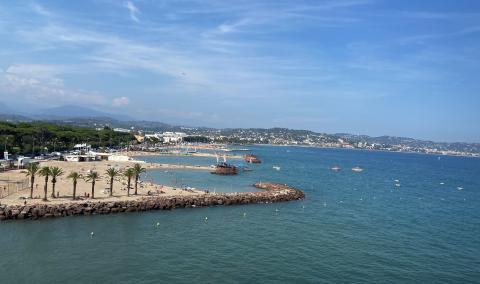
Join us for a workshop in Cagnes-sur-Mer, France!
On 27 October, we are inviting you to a workshop on natural and cultural heritage in coastal regions!


